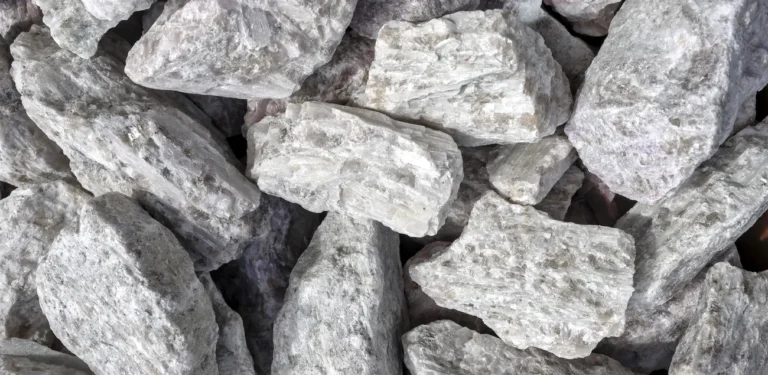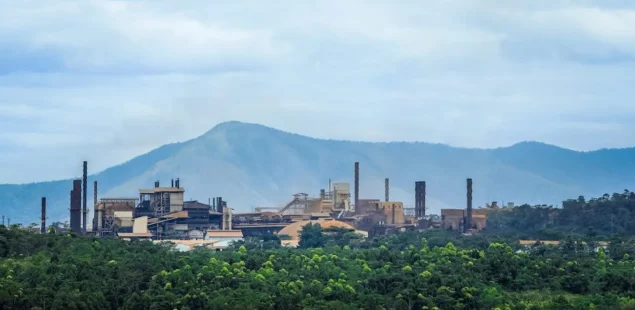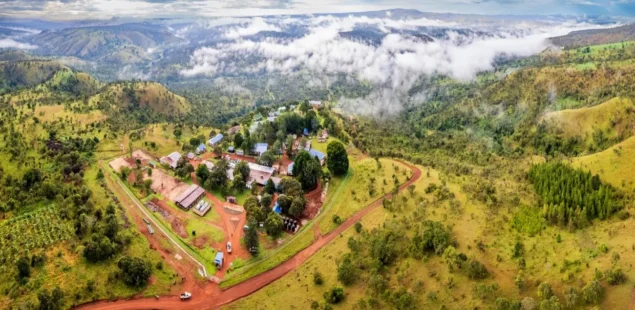
United States, government, and Cook Islands, Pacific micro-state, have begun negotiations on a programme to chart the island nation’s 1.96 million-km² exclusive economic zone, aiming to quantify polymetallic nodules that could feed battery supply chains and lessen China’s grip on critical minerals. The talks come five months after Avarua signed a five-year cooperation agreement with Beijing that included undersea mining and two months after New Zealand froze NZ$18.2 million (US$10.8 million) in budget aid over the move.
Mapping Initiative Targets Nodule-Rich Seafloor
The US State Department called Cook Islands waters “one of the most promising regions for deep-sea mineral deposits” and said the new partnership will collect bathymetric, geochemical and biological data to inform any future exploration licences. Officials in Avarua insist the programme is non-exclusive, but analysts view the entry of US survey vessels as a counterweight to China’s offer of technical support signed in February. The Cook Islands’ Marae Moana marine park already covers the entire EEZ, allowing mining only under strict zoning rules.
Aid Freeze Exposes Wellington–Avarua Friction
Under their free-association constitution, Wellington and the Cook Islands are meant to coordinate foreign policy. Prime Minister Mark Brown’s decision to ink the China pact without consultation triggered New Zealand’s pause on core-budget support—NZ$18.2 million (US$10.8 million) this fiscal year—pending what Foreign Minister Winston Peters called a “reset.” Wellington has greeted the US talks more cautiously, saying only that Pacific states have the right to manage their resources.
Executive Order Signals New U.S. Mining Posture
President Donald Trump’s 24 April executive order instructs federal agencies to fast-track deep-sea-mining permits under the 1980 Deep Seabed Hard Mineral Resources Act, describing a “gold rush” to counter Chinese dominance. The measure breaks with decades of informal US deference to the UN Convention on the Law of the Sea, which Washington has never ratified. Legal scholars warn unilateral licencing could erode maritime norms and spark overlapping claims.
Environmental Questions and Industry Interest
Seabed-mining advocates argue nodule collection has a smaller land footprint than terrestrial projects, while critics say the science is too limited to gauge irreversible ecosystem damage. The Cook Islands Seabed Minerals Authority has already issued three exploration licences; commercial extraction would require a domestic mining code still under development and would sit alongside International Seabed Authority rule-making that has yet to conclude.
Company Background and Market Context
Canadian-listed The Metals Company this week declared 51 million tonnes of probable reserves for its NORI-D nodule area in the Clarion-Clipperton Zone and filed the first US application to mine the international seabed under the Trump order. US involvement in Cook Islands mapping could give firms such as TMC, Impossible Metals and others a data foothold closer to shore, while China’s state contractors already hold three ISA exploration licences in adjacent blocks.
Nickel-rich nodules typically contain about 1.3 % nickel, 0.2 % cobalt, 1 % copper and 30 % manganese. With nickel prices near US$15,800 /t and cobalt around US$25,000 /t this week, even modest grades command strong in-situ value, though processing costs, permitting uncertainty and ecological safeguards remain decisive.



